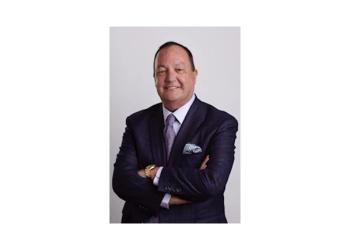
Pharm Exec speaks with Adams about how his company developed a new medicine designed to meet migraine patients’ needs.

Pharm Exec speaks with Adams about how his company developed a new medicine designed to meet migraine patients’ needs.
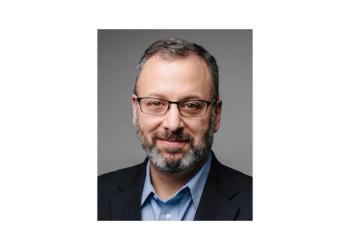
Industry has shown it can overcome challenges en route to creating new therapies.

New mediums of technology must be utilized correctly to reap full benefits.
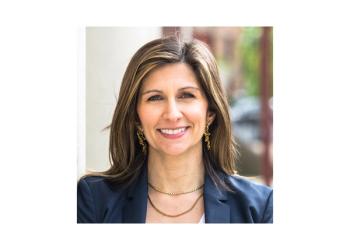
From exposing disparities in care to guiding better patient outcomes to helping reign in the costs of care, the use of real-world data (RWD) in oncology can have far-reaching effects. Here’s how one RWD company exec is using her experience to help drive that change.
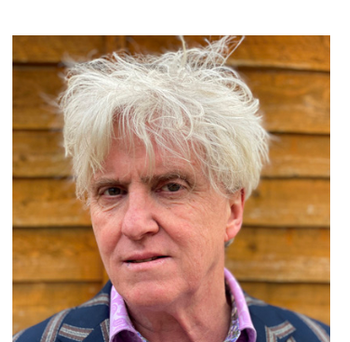
With added push from the COVID-19 pandemic, investment in promising RNA- and cell and gene therapy-based treatments and technology via industry dealmaking is growing considerably.

Foster talks to Pharm Exec about why liver disease is on the rise, and Hepion’s new therapy, rencofilstat, in development to treat it.

Genomic data is transforming precision medicine—but progress depends on it being easily available where it’s needed. Pharmaceutical Executive speaks to Ignacio Medina, founder of Cambridge University spinout Zetta Genomics, to see how next-generation open-source data technologies accelerate discovery in the lab and patient benefit in the clinic.

It takes flexibility and adaptability to switch a company’s focus. Here, Alkermes’ Chief Operating Officer Blair Jackson discusses how his team pivoted from developing CNS to oncology therapies and the skills it required.
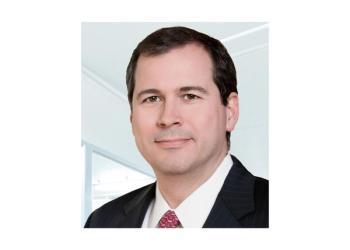
Rush shares his thoughts on how advanced analytics are making their mark on the pharma industry.
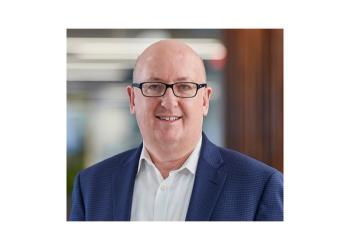
Despite disruption from the COVID-19 pandemic still in full swing, life sciences innovation activity remained undeterred, a recent report from the IQVIA Institute for Human Data Science finds—outlining the key factors driving record-breaking growth.

A look at the renewed efforts of biopharma companies in exploring age-old substances to treat mental health conditions and more, minus the negative effects.

Opportunity remains despite regulatory and access obstacles.

Recommendations for controlling spend.

Masahide Goto outlines the world of the Astellas Institute for Regenerative Medicine (AIRM), which serves as the company’s global hub for regenerative medicine and cell therapy research and manufacturing in ophthalmology and other therapeutic areas that have few or no available treatment options.
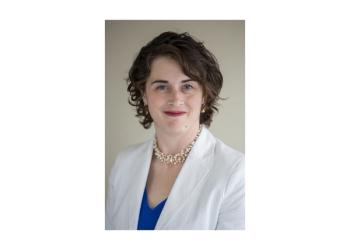
New technology serves as reminder for the appropriate uses of CRISPR.
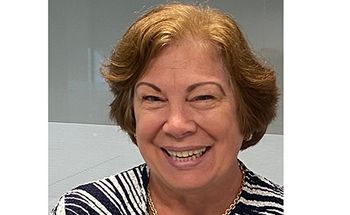
Significant challenges still lie ahead, but several specialists and a plethora of new technologies are well positioned to gather and analyze the evidence needed for diagnosing and treating rare diseases, writes Catherine Tak Piech.

Government-led programs aim to attract scientists and offer resources to growing industry.

Oncology and rare disease are ready to reap the benefits of COVID drug development.

Growing evidence supports psychoactive substances can successfully treat mental issues.

Our annual report takes a look at pharma’s current investment in drug development, which this year demonstrates a focus on five important therapeutic areas of interest—Alzheimer’s disease, ophthalmology, NASH, anti-infectives, and opioids.

Practices to ensure accuracy in selected datasets.
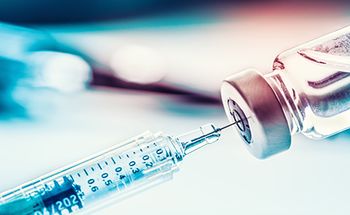
Having proved its efficacy against COVID-19, mRNA technology is positioned to combat another insidious human adversary: cancer.
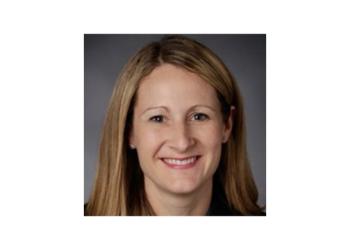
Leveraging RWD can lessen the strain normally put on investigators and sites.

COVID may have given real-world evidence the boost it needed to become routine, especially in areas that demand research innovation and advancement.
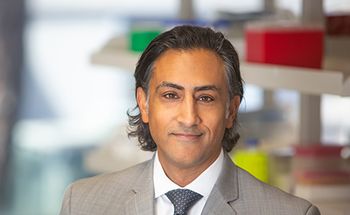
aTyr Pharma’s Dr. Sanjay S. Shukla talks about how his background in biostatistics, informatics and medicine is helping him and his team of researchers and scientists develop meaningful new medicines in a novel area of immunobiology, by looking at pathways where other drugs may have failed.